1. Over-Themed Decor
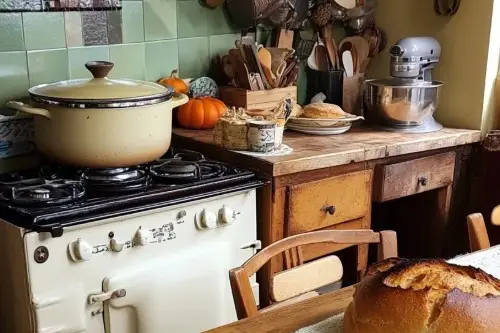
A living room that looks like a desert retreat, a bathroom with full coastal motifs, or a kitchen mimicking a Parisian café might wow visitors—but it rarely feels like home. Theme-driven design often leans heavily into styling over substance, creating a space that looks staged and temporary. When every corner feels part of a visual concept, it leaves little room for personal evolution. It’s design with an expiration date.
Homes that feel lasting tend to layer styles, blend influences, and let personality evolve through trial. A touch of theme can ground a mood—but when it’s everywhere, it starts to feel performative. Depth develops through context, not costume. Longevity favors layers over labels.
2. Furniture That Looks Rented
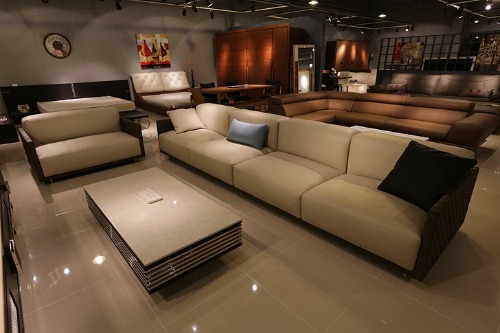
Ultra-lightweight pieces, modular sections, and flat-pack solutions dominate pop-up aesthetics because they’re built for portability. But when your couch feels like it might blow away in a strong breeze, the room lacks permanence. Guests notice when everything feels temporary—even if it’s new. Style shouldn’t feel stackable.
Durable materials, substantial weight, and lived-in textures all signal that your space is built to stay. Investing in a mix of vintage, solid wood, or heirloom-quality pieces creates emotional grounding. A home isn’t a showroom—it’s a shelter. And comfort weighs more than convenience.
3. Spaces That Lack Utility
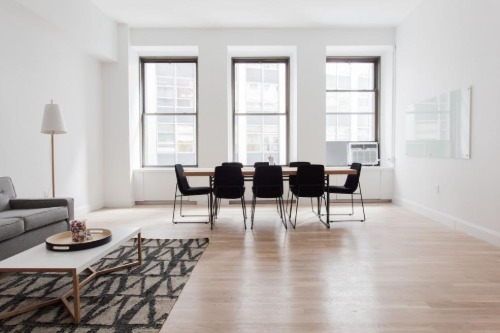
Rooms arranged solely for visual impact—like a living room with no visible outlets, or a kitchen devoid of prep space—can feel like props in a magazine shoot. Without evidence of function, a space loses its credibility as lived-in. It starts to feel like it exists for photos, not people. Form without function is a façade.
Include elements that show how the space works—charging stations, storage nooks, or even mess-friendly surfaces. A little wear is proof of love. The most grounded homes show their use proudly. Utility is style’s quiet backbone.
4. Nothing Feels Collected
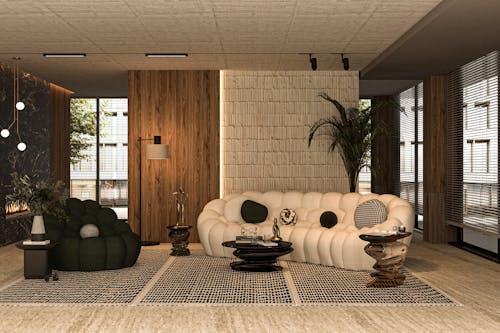
Pop-up spaces often rely on bulk buys or fast-decorating kits that match but don’t relate. When all your decor feels sourced in one weekend—or one retailer—the space lacks the emotional echo of personal discovery. Homes that feel authentic accumulate over time. It’s the difference between collecting and compiling.
Incorporating travel finds, family heirlooms, and imperfect pieces adds narrative weight. Style is richer when each item has a story. A home that tells your timeline feels far more permanent. Curation beats coordination.
5. Lighting That’s All Overhead
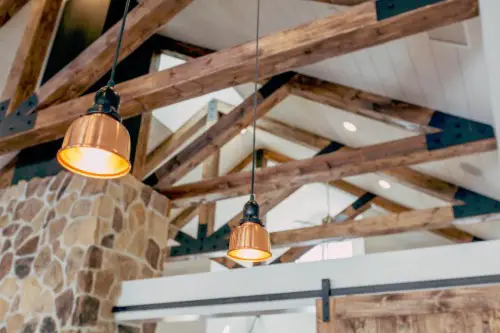
Harsh ceiling fixtures or single-source lighting can make a space feel sterile and temporary, like an office or rental. Layered lighting—lamps, sconces, candles—adds emotional rhythm and comfort. Without it, everything feels too on display. You live in a spotlight, not a glow.
Rooms soften when lighting reflects human pace. Dimmable bulbs and warm temperatures replace interrogation with invitation. Light should flatter—not expose. Staying is easier in the warmth than under fluorescence.
6. No Wear, No History
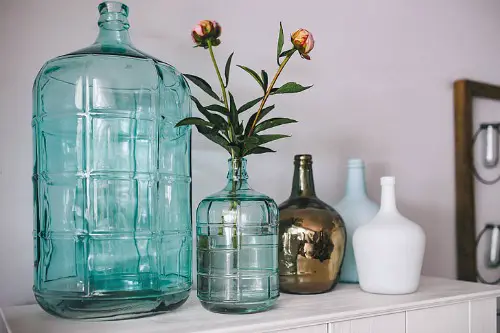
Spaces with untouched books, factory-folded throws, and decorative items still sporting their tags give off a staged vibe. Without signs of use—scuffed floors, faded corners, lived-in cushions—the home reads as temporary. Guests may admire the neatness, but they’ll question the life within it. Clean without character is cold.
Let items earn their marks: a coffee ring here, a well-loved sofa cushion there. Homes feel grounding when they age gracefully. The patina of memory is the best design layer. Time makes things beautiful.
7. “Floating” Layouts With No Anchoring
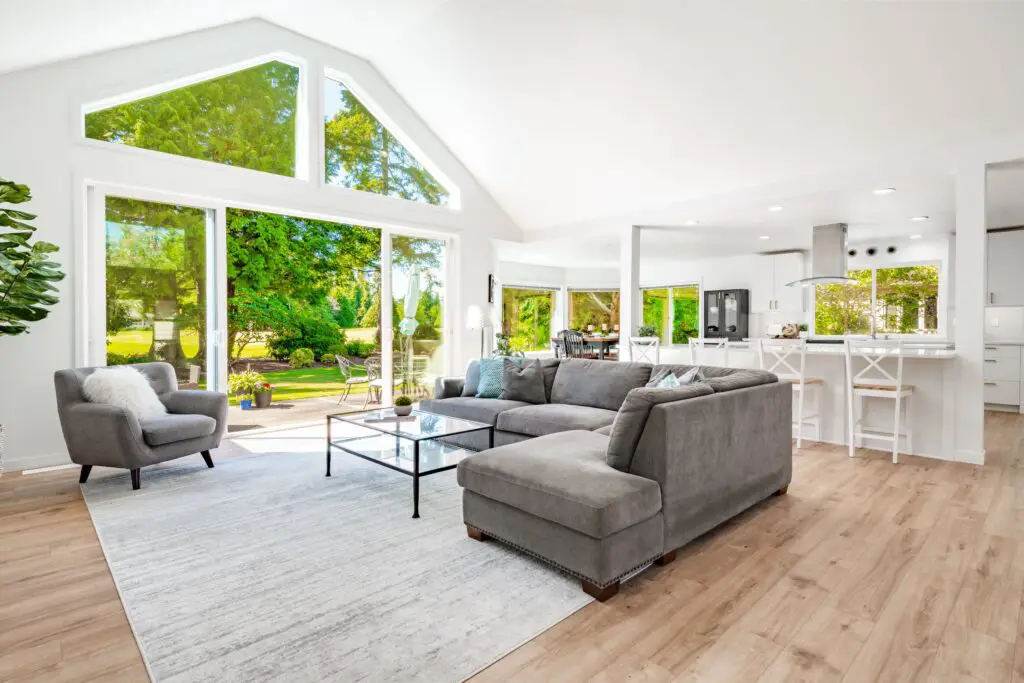
Furniture that hovers away from walls, rugs that don’t connect zones, and chairs without context can make a room feel incomplete. This floaty layout is common in temporary setups—but it lacks spatial commitment. Rooms should embrace space, not avoid it. Design that’s afraid to settle never settles you.
Anchor your layout with visual weight—wall art, rug boundaries, book stacks, and ambient corners. Let your furniture lean in and engage. A grounded room invites trust. Floating might feel open—but not settled.
8. Everything Is Too New
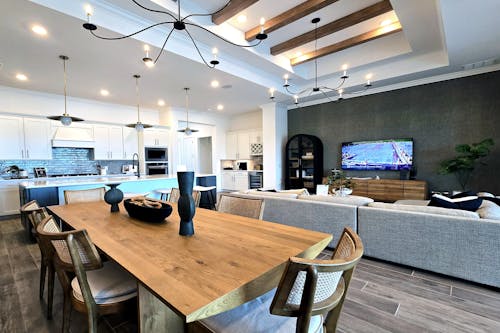
When a space has no aged pieces, no stories, and no sign of time passing, it can feel manufactured. Homes need visual memory—things collected, used, inherited, or found unexpectedly. A wall of fresh purchases might be impressive, but it’s also emotionally blank. Freshness fades fast when it’s unaccompanied by depth.
Layer in time with pre-loved items, handmade touches, or artifacts of experience. Not everything has to match—just matter. Homes that feel permanent don’t hide their past. Newness works best beside nostalgia.
This post 8 Features That Make Your Home Feels More Like a Pop-Up Than a Place to Stay was first published on Greenhouse Black.
